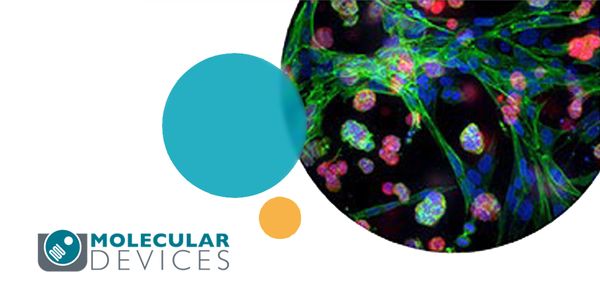APR 30, 2018 | 8:00 AM
Ion mobility/mass spectrometry has tremendous potential for metabolomics, lipidomics, and clinical analysis. Ion mobility can resolve compounds unresolved by LC/MS/MS, provide additional stru...
APR 25, 2018 | 8:00 AM
This session will look at the common issues that can impact quality in the coagulation laboratory and result outcomes. Implementing a good quality management system and being able to co...
APR 17, 2018 | 8:00 AM
DATE: April 17, 2018TIME: 8:00AM PST, 11:00AM ESTRecently, much research has focused on obtaining 3D brain organoids in an attempt to better recapitulate brain development and function...
Streptococcus pyogenes or Group A Streptococcus (GAS) is a pathogenic bacteria that causes both invasive and non-invasive infections resulting in mild to severe life-threatening disease.L...
It has only been in the last 20 years that we, the scientific/medical community, have appreciated the role of the endogenous Cannabinoid system (ECS) in maintaining a healthy immune system an...
























